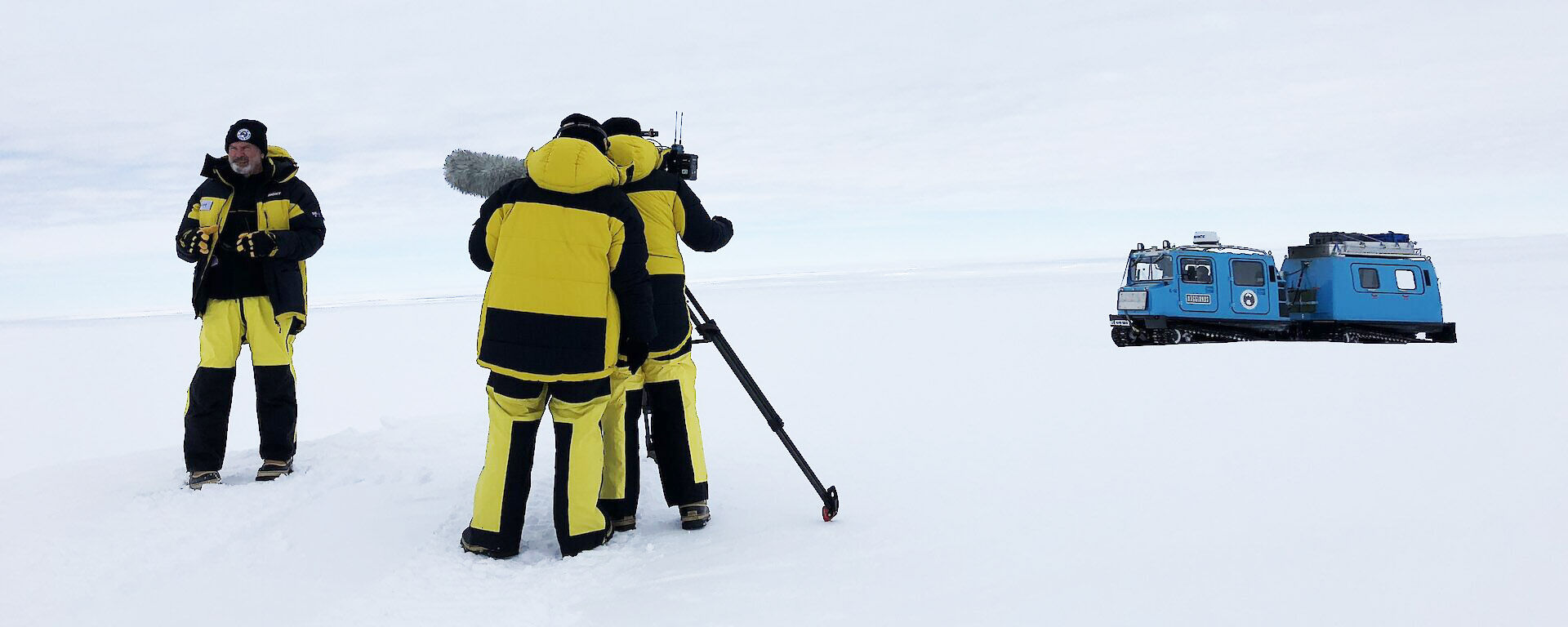Antarctic video gallery
Traverse departs Casey
RSV Nuyina enters the fast ice
Heard Island by drone
Live and work in Antarctica
The helicopters took people and cargo to Casey research station in perfect conditions
RSV Nuyina heads for Casey
Antarctic cognition study
Helicopters practise sling loading water tank huts converted for use at Atlas Cove on Heard Island.
on


